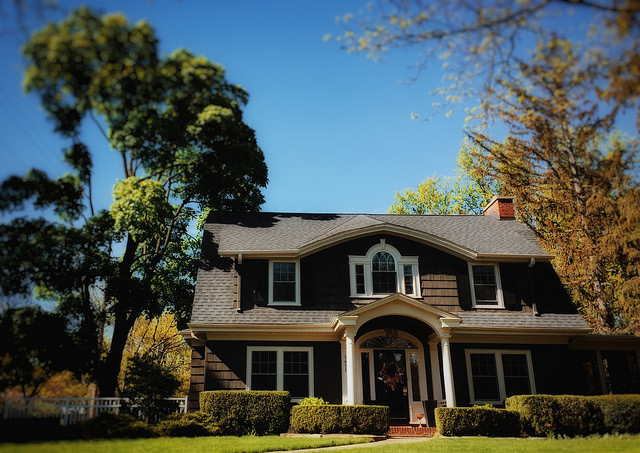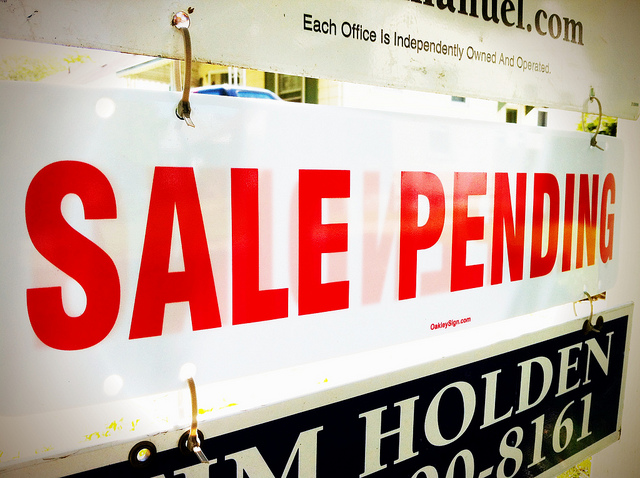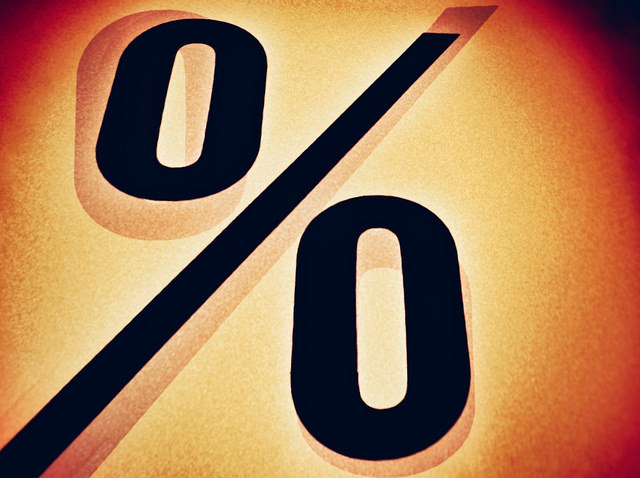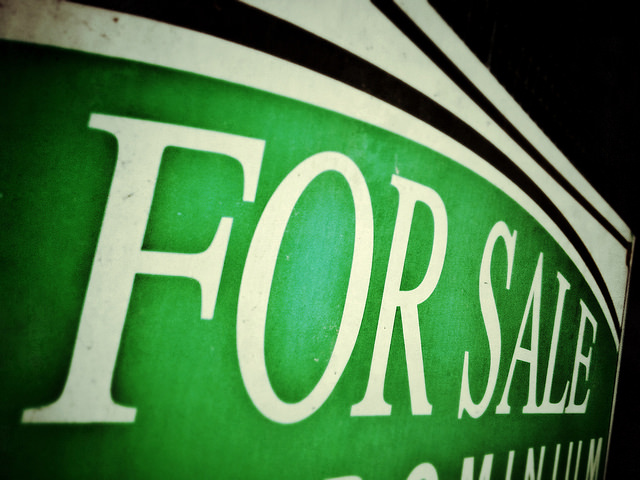It shouldn’t come as any surprise that American homes are generally getting bigger and adding more rooms. After all, who wouldn’t choose to have an extra bedroom or some additional storage space? Still, a look at the numbers, shows just how much our living spaces have changed over the years. For example, numbers from the U.S. Census Bureau’s 2016 Characteristics of New Housing show that the number of homes under 1,400 square feet has fallen 9 percent just since 2000. At the same time, the percentage of homes over 4,000-square feet has doubled. Sure, the majority of homes still fall somewhere between 1,800 and 2,400 square feet, but there is clearly a trend toward larger houses. Another way to look at it is the number of rooms. For example, 59 percent of homes now have three or more bathrooms. In 2000, it was closer to 20 percent. During the same time, most homes also upgraded from three bedrooms to four. Of course, along with the extra space, bedrooms, and bathrooms, the median sales price has also risen. Americans, however, clearly think the extra expense is worth the luxury of not having to schedule who gets the first shower in the morning. More here.













